600-year-old Vu Hoa in the Forbidden City: Revealing the spiritual secrets of the inner palace
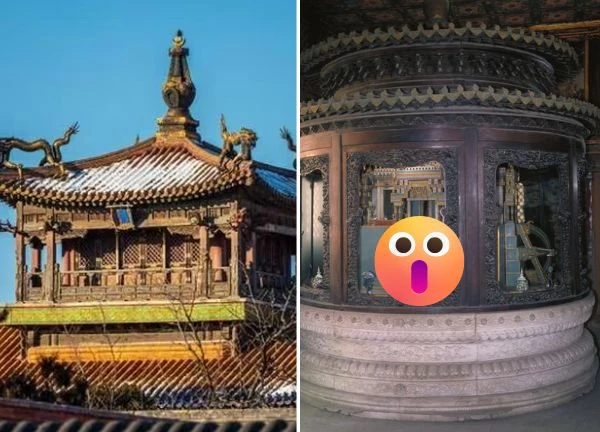
4 | 0 Discuss | Share
Once a symbol of supreme power, the Forbidden City with its intricately carved corridors always evokes in people's minds the image of a luxurious, splendid world, where there is only brocade, silk and solemn ceremonies.
However, through the story of its last owner, Emperor Pu Yi, the velvet curtain is gradually lifted, revealing a naked and sometimes terrifying truth about life behind the thick, solid walls. The autobiography "The First Half of My Life" is not only a simple memoir but also a surprising "exposure" of a seemingly perfect world, which contains many dark corners and cold secrets.
One of the first "shocking" truths that Pu Yi did not hesitate to share was his extreme loneliness in the "golden cage". Ascending the throne as an innocent child, he was surrounded by countless rituals and strict supervision by the empress dowager and ministers. Although he enjoyed a comfortable material life, Pu Yi completely lacked true family affection.
He grew up in isolation, surrounded by servants who obeyed his orders but were strangers in spirit. The image of a majestic king turned out to be a lonely child, longing for a warm embrace and sincere sharing. This harsh contrast completely shattered the image of a "golden" childhood that people often think of emperors.
Pu Yi’s autobiography also highlights a surprising underground power within the Forbidden City: the manipulative power of eunuchs. Far from being mere servants, eunuchs during the Qing Dynasty, especially during the latter part of the dynasty, rose to hold important positions, even having the ability to influence decisions within the palace.
Pu Yi recounted his personal experiences of the abuse of power, the cunning intrigues and even the deceitful actions of the eunuchs towards him. They were not only servants but sometimes became "masterminds", taking advantage of the young king's innocence and immaturity to gain benefits and consolidate their position. This truth shook the image of a sacred palace where everything was under the absolute control of the emperor.
Another surprising detail that Pu Yi revealed was his exposure to Western culture and the strange changes in the palace. His hiring of an English tutor, Reginald Johnston, and his beginning to learn English and learn about the outside world were unprecedented events in the history of imperial China. The appearance of Western elements in a space as rich in traditional culture as the Forbidden City created interesting contrasts and showed the constant change of the times, even behind the solid walls.
The autobiography "The First Half of My Life" is not only a memoir but also a confession full of worries about the complex psychology of a dethroned king. The "exposés" of the last emperor broke the usual romantic images, bringing a more multi-dimensional and realistic view of life behind the solid walls, where there is not only gold and silk but also "scary" truths about power, loneliness and historical upheavals.
If we were to use one word to describe the life of the last emperor Pu Yi, it would be summed up in two words: "ups and downs". He was born into the royal family and was chosen by Cixi to be the successor of the Qing Dynasty since he was a child. Pu Yi was also the last emperor to witness the collapse of the Qing Dynasty. He could have lived a comfortable life in the Forbidden City, but due to historical events, he was forced to leave the Forbidden City.
It can be said that Pu Yi's life experienced many misfortunes and hardships. When talking about him, besides the ups and downs, people also mention 2 "records" that have never had any exceptions.
In ancient Chinese history, the emperor was supreme and everyone had to obey the orders of the "son of heaven". A concubine was someone who was closely attached to the emperor and did not dare to say anything against him. But Pu Yi was an exception. In total, Pu Yi married four times in his life and married five women. The first marriage was carried out by the Qing Dynasty with the concept of four concubines.
After Pu Yi reached marriageable age, the Manchu royal family selected several school-age girls to enter the palace. Initially, Pu Yi fell in love with Wen Xiu and wanted to make her empress. However, this decision was opposed because her family was very poor and her appearance was not as beautiful as the others. Later, Wan Rong was chosen as empress, Wen Xiu was appointed as Shu Fei and entered the palace a day earlier.
Between Wanrong and Wenxiu, Puyi clearly had a prejudice against the empress. This also led to a rift in the relationship between Wenxiu and Puyi. Not long after, Wenxiu asked for a divorce, but the reason was not only because of Wanrong's appearance.
Later, when the times changed, Pu Yi and his concubines were expelled from the palace. In order to win Pu Yi's favor, the Japanese promised to help him establish a new country in the Northeast. After Wen Xiu learned of this, she persuaded him not to listen. However, Pu Yi ignored all advice and did as he pleased.
While Pu Yi, Wen Xiu and the others were living in Tianjin, Wen Xiu accidentally met an acquaintance. When this acquaintance learned of her misfortune, he immediately advised her to divorce. Wen Xiu was also a strong-willed person and she firmly ended her relationship with Pu Yi. Thus, he became the only emperor in Chinese history to have a concubine sue for divorce (even though he was no longer emperor at that time).
In ancient China, death was like a second life. So they paid great attention to their afterlife. Many emperors began building royal tombs as soon as they ascended the throne. For example, the famous Mausoleum of Qin Shi Huang was completed after 39 years. After the Manchus invaded the Central Plains, they also built the Eastern Tombs of the Qing Dynasty and the Western Tombs of the Qing Dynasty.
Normally, an emperor would be buried in a mausoleum after his death. But Pu Yi died in 1967 at the age of 67, and he was no longer emperor. Therefore, according to national laws and regulations, Pu Yi's body was cremated and buried at the Babaoshan Revolutionary Cemetery. Later, Li Shuxian, his second wife, buried Pu Yi's ashes at the Hualong Imperial Cemetery, near the Qing Dynasty Mausoleum.
This was the final tribute to the last emperor of the Qing Dynasty. Although he was not buried in the royal mausoleum, he was somewhat comforted by the fact that he was buried next to his ancestors. After many years of ups and downs, he finally ended his turbulent life.
Pu Yi wrote 8 words on the photo of his 'lover', revealing the hidden love in the harem, was it overlooked by history? 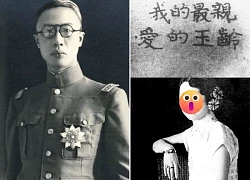 Lan Chi07:31:57 31/01/2025The life of China's last emperor, Pu Yi, was filled with tragedy and irony. A self-portrait found after his death revealed a touching love story and 8 heartbreaking handwritten words.
Lan Chi07:31:57 31/01/2025The life of China's last emperor, Pu Yi, was filled with tragedy and irony. A self-portrait found after his death revealed a touching love story and 8 heartbreaking handwritten words.

4 | 0 Discuss | Share
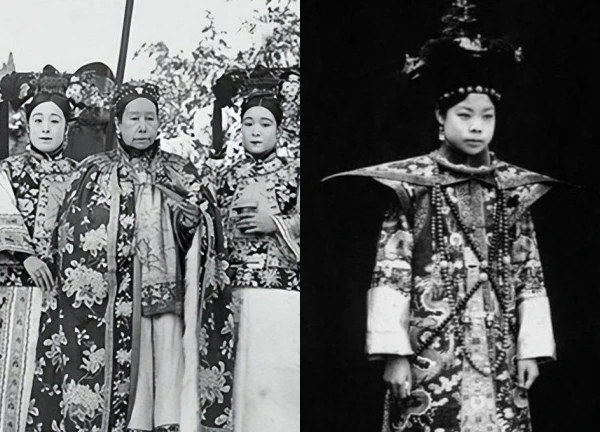
4 | 0 Discuss | Share
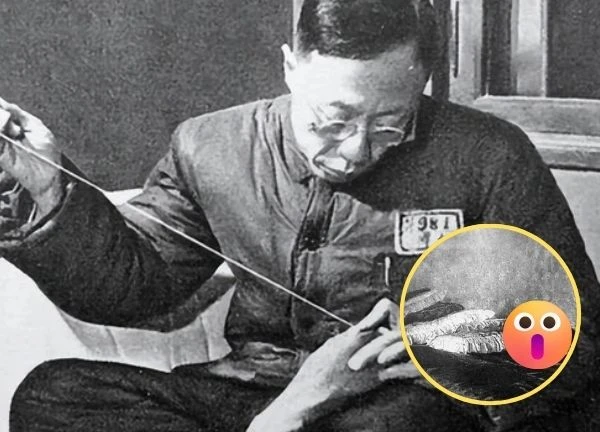
5 | 0 Discuss | Share
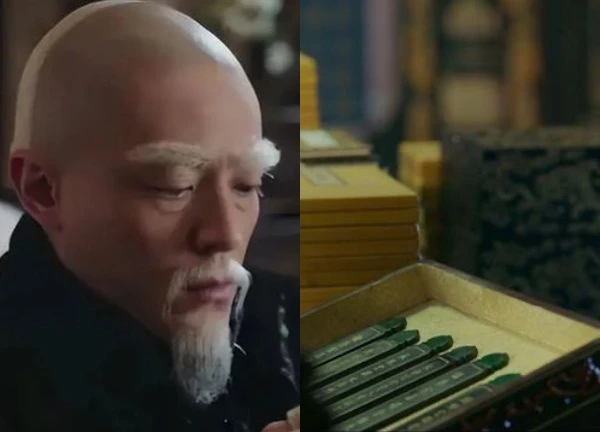
1 | 0 Discuss | Share
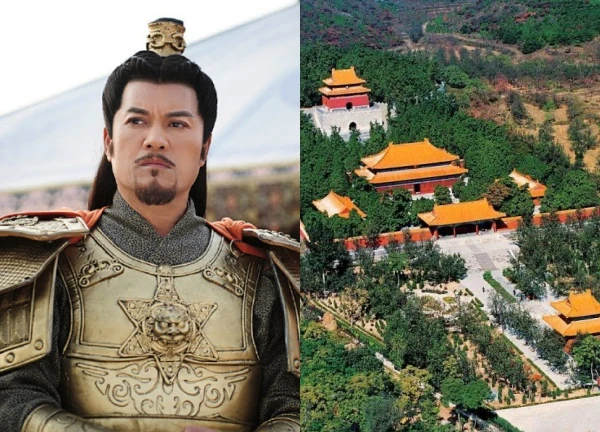
4 | 0 Discuss | Share
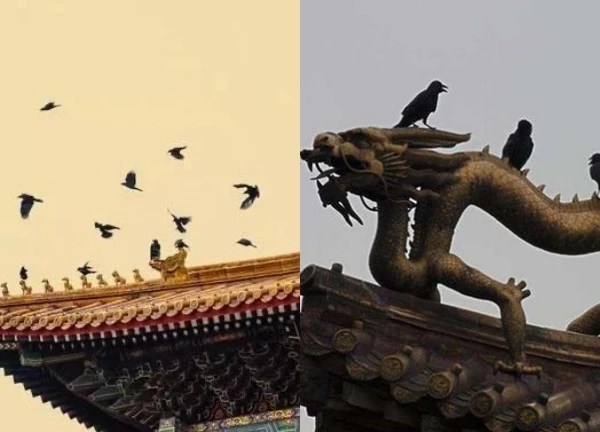
3 | 0 Discuss | Share
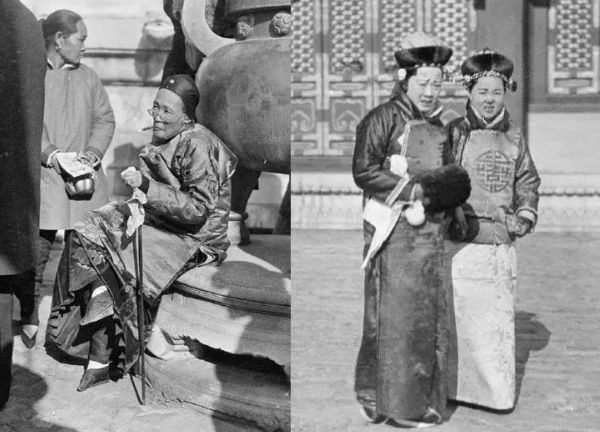
5 | 0 Discuss | Share
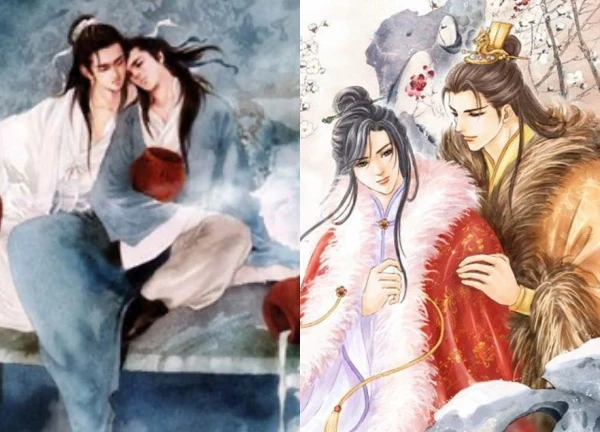
2 | 0 Discuss | Share
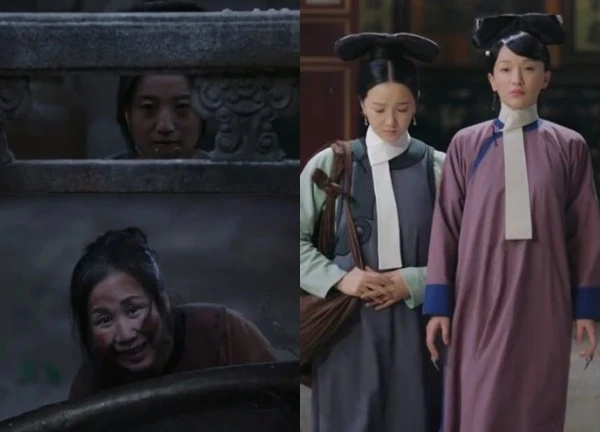
6 | 1 Discuss | Share
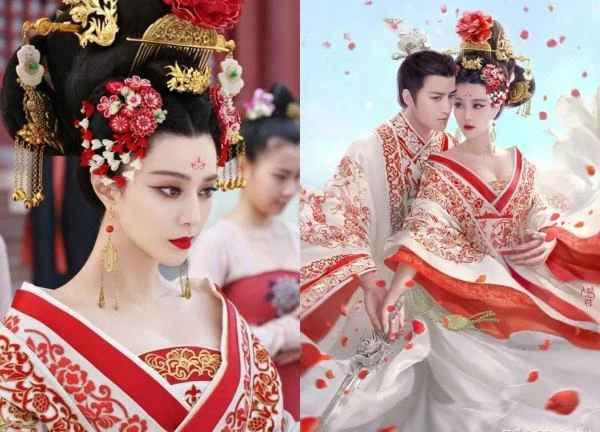
2 | 1 Discuss | Share
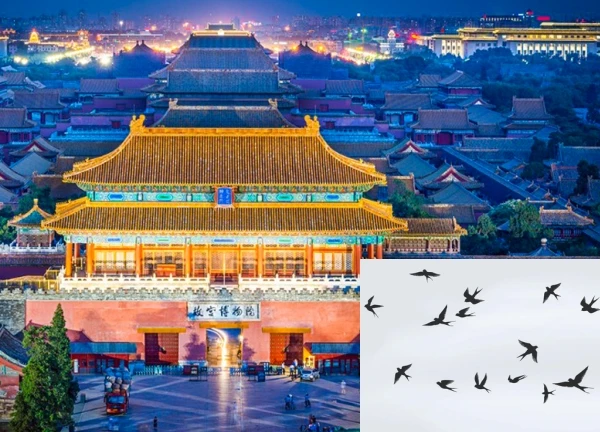
1 | 1 Discuss | Share
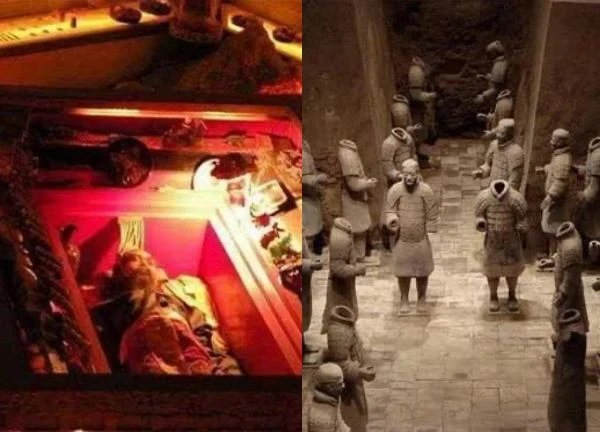
3 | 1 Discuss | Share
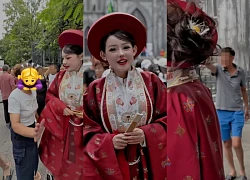

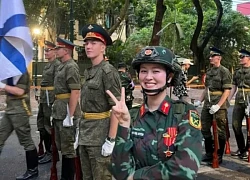


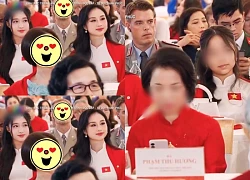


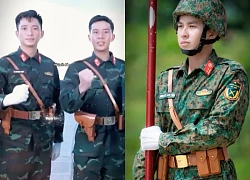

2 | 0 Discuss | Report